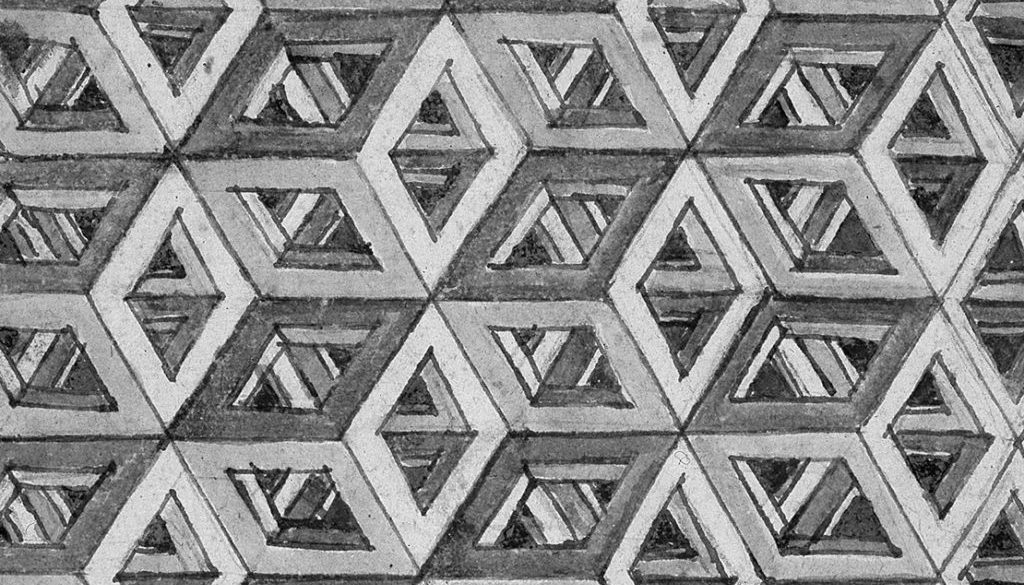Basics

At this early stage, it seems right lay down some basics.
In a civilised society, everyone should have equal access to:
- education, with no-one predestined to receive inferior education because of economic or social status;
- health case, with no-one predestined to receive inferior care because of economic or social status;
- the law, with no-one predestined to receive inferior legal support because of economic or social status;
- secure and adequate housing;
- adequate food of a healthy and nourishing kind.
The fact that no society is even within touching distance of even one of these basics is a melancholy commentary on the societies to which we subscribe.
January 14, 2012 @ 3:48 am
I personally feel the same with this painting called "Salvator Mundi" The true one that is!
Various tests and close examination has convinced experts this painting in red and blue is genuine. Monochromatic sodium lighting, infra-red and ultra-violet tests were performed and, along with x-rays, these have revealed a number of interesting details:
The pearls around the jewel have been altered.
A cross has been removed from the orb (not very successfully). Leonardo deviated from his basic sketch very little. Infra-red tests showed up the original sketch behind the painting.
X-rays show the paint has been applied in layers on a wooden base. This technique was used often by Leonardo during his last five years of work.
A thick coat of varnish has been added.
Nut wood was used for Salvator Mundi, the same was used on St. John the Baptist. The triangular composition, light angles, facial shadows and hair swirls are typical of many of Leonardo's paintings, while the colors used are reminiscent of the Last Supper.
Typical of Leonardo, many of the objects in this painting have a deeper significance which is not at first obvious to the eye:
The eight-pointed centre star signifies resurrection and corresponds to the eight lines of the threads found on the stole. The ruby represents martyrdom and passion. An unusual vestment tuck seen on the right-hand side of the stole signifies the lance piercing Christ's side. What we now see as a globe was originally an "orb" (when surmounted by the cross); it probably recalls the words, "I am the Light of the world. “The stole symbolizes the Voice of Immortality. Catholic priests don stoles as a sign of accepting the New Covenant.
One issue that is always before us is this: What is of great worth and more intrinsic value, the representation or the reality? The symbol or the reality which is being symbolized? The ritual or the reality that the ritual is designed to celebrate?
The “Red and Blue Painting below, is the True Leonardo, da Vinci Painting.The Blue painting hanging in The National Gallery of England on display now with the collection of true Leonardo, da Vinci Paintings, is owned by Robert Simon a private art dealer in New York and his group, and though Leonardo drew the raised hand in the preparatory drawing was completed by someone other than Leonardo, likely Leonardo's student.
The structural layout of the "student's" "blue" painting below of Salvator Mundi, is unintentionally asymmetric, unlike Leonardos work which is always perfectly balanced and proportioned. There is only one symbol in evidence, now referred to as a globe. Previously the word globe would have been referred to as an "Orb”. Other unfortunate changes in the student’s work is that the mushroom, which stands for the cipher "M" has vanished as a symbol. (Refer to the 6th picture above), and the “Templar Cross" below it,clearly seen in the red and blue painting by Leonardo, is also missing. This means that two very significant symbols are missing, from a very important painting. A very clear indication that Leonardo did not complete the "blue" painting.
http://michaelmwd.blogspot.com/2011/12/leonardo-da-vincis-salvator-mundi.html
The da Vinci Project, Research Group
Founder, Michael W. Domoretsky.